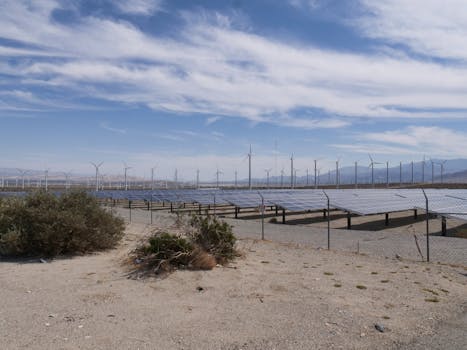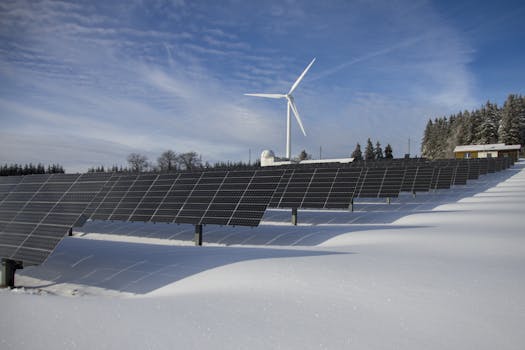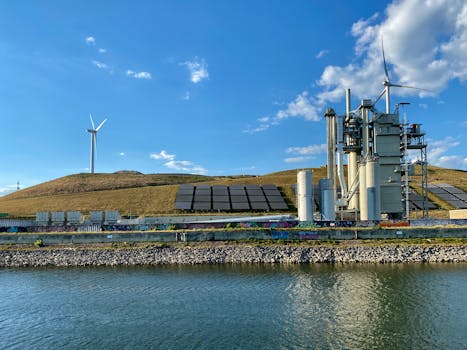
Breakthroughs in Renewable Energy Technology and Sustainability
Renewable energy technology and sustainability have become increasingly important in recent years, as the world shifts towards a more environmentally friendly and sustainable future. Renewable energy is at the forefront of this movement, with innovations and advancements being made continuously. In this article, we will explore some of the latest breakthroughs in renewable energy technology and sustainability.
Introduction to Renewable Energy

Renewable energy is derived from natural sources that can be replenished over time, such as sunlight, wind, rain, and geothermal heat. These sources are sustainable and can be used to generate electricity, heat, and fuel. The most common forms of renewable energy are solar, wind, hydro, and geothermal power.
Breakthroughs in Solar Energy

Solar energy has seen significant advancements in recent years, with the development of more efficient and affordable solar panels. One of the most notable breakthroughs is the creation of bifacial solar panels, which can generate electricity from both the front and back sides of the panel. This technology has increased energy output by up to 25%, making solar energy an even more viable option.
Advances in Wind Energy

Wind energy has also seen significant improvements, with the development of larger and more efficient turbines. The latest turbines can generate up to 10 megawatts of power, making them some of the most powerful in the world. Additionally, advancements in materials and design have reduced noise pollution and increased the overall efficiency of wind turbines.
Hydrokinetic Energy

Hydrokinetic energy is a relatively new form of renewable energy that harnesses the power of moving water. This technology has the potential to generate a significant amount of electricity, particularly in coastal areas with high tidal ranges. Hydrokinetic energy converters can be used to generate power from ocean tides, waves, and currents.
Sustainability and Energy Efficiency

Sustainability and energy efficiency are crucial components of the renewable energy movement. Buildings and homes can be designed to be more energy-efficient, using materials and systems that minimize energy consumption. Additionally, smart grids and energy storage systems can help to optimize energy distribution and reduce waste.
Conclusion

In conclusion, the latest breakthroughs in renewable energy technology and sustainability are transforming the way we live and work. From advancements in solar and wind energy to the development of new technologies like hydrokinetic energy, the future of renewable energy is looking bright. As we continue to innovate and invest in sustainable technologies, we can create a cleaner, more environmentally friendly world for generations to come.





